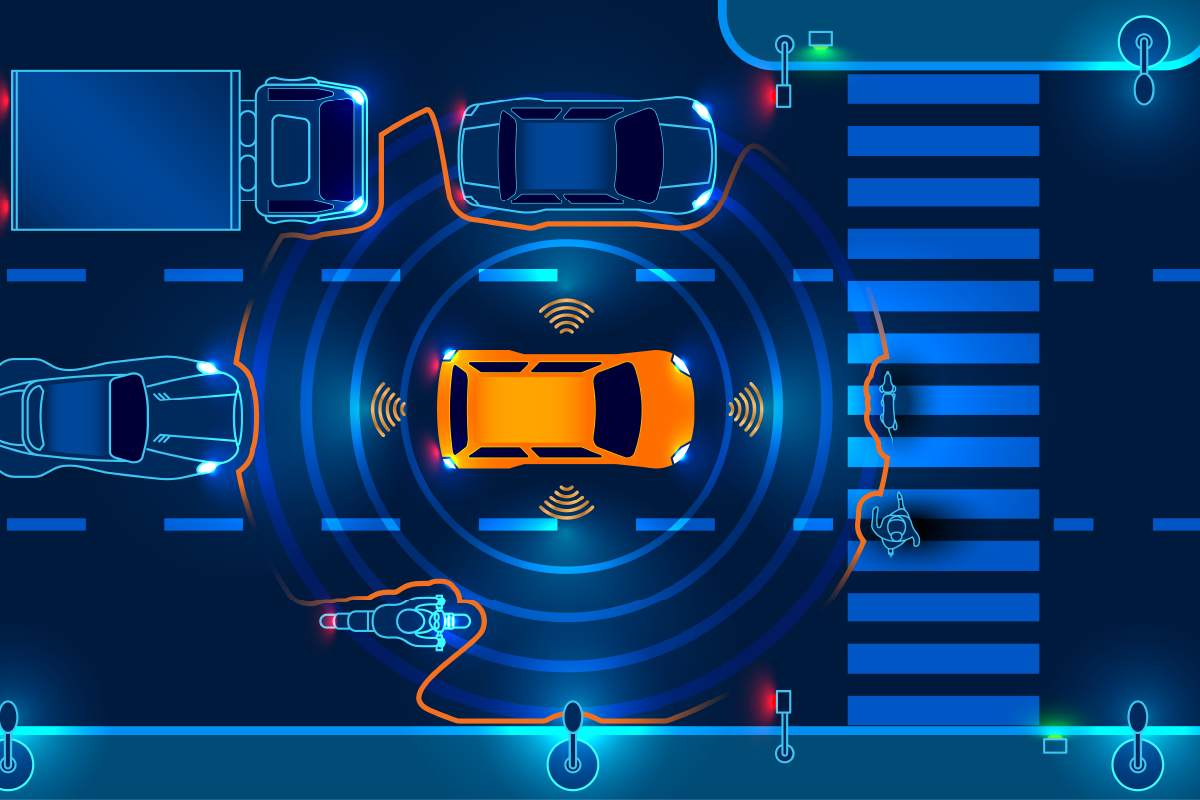NTSB calls for collision-avoidance systems on all new vehicles
As more than 38,000 people lost their lives on US roads in 2020, often as a result of driver errors or poor decisions, such as speeding or driving impaired whether that be by drugs, alcohol, or fatigue, there are increasing calls for NHTSA to act by developing comprehensive performance standards, and mandating collision-avoidance systems in vehicles.
A raft of technologies already exist that can help reduce and avoid these tragedies. For example, collision-avoidance technologies have the potential to mitigate the impact of these mistakes by alerting the driver to impending danger or actively reducing the car’s speed if a driver does not act.
At the top of the National Transportation Safety Board’s (NTSB) wish list is the requirement of collision-avoidance and connected-vehicle technologies on all new vehicles. The National Highway Traffic Safety Administration (NHTSA) must develop comprehensive performance standards and mandate for collision-avoidance systems and connected-vehicle technology. The NTSB also urges the NHTSA to incorporate collision-avoidance system ratings into its New Car Assessment Program (NCAP).
Collision-avoidance technology is designed with the premise of mitigating the severity of crashes by detecting a conflict, alerting and driver, and breaking when necessary. A study conducted by the Insurance Institute for Highway Safety found 56% of crashes resulted in injuries that could have been prevented if passenger vehicles were equipped with a combination of automatic emergency braking and a collision warning system. The study also found that 40% of crashes that involved a large truck rear-ending another vehicle could also be eliminated if trucks were also equipped with this technology.
Every day in the United States more than 100 lives are lost in preventable traffic crashes. Humans make mistakes that can lead to crashes, yet technology already exists that can help make all roads safer and mitigate mistakes to avoid death and serious injuries.
Click the button below to read more about NTSB’s recommendations to minimise lives lost on US roads.
